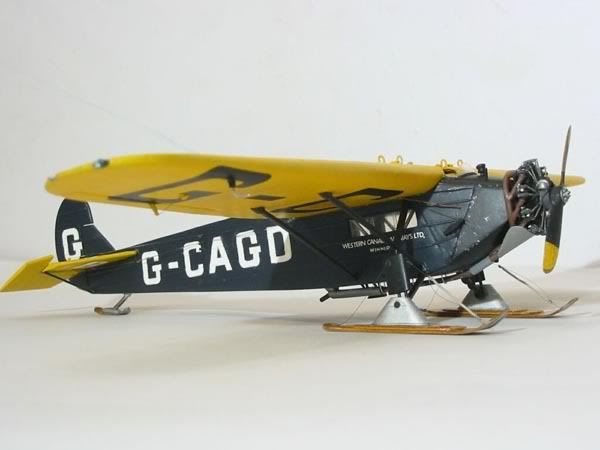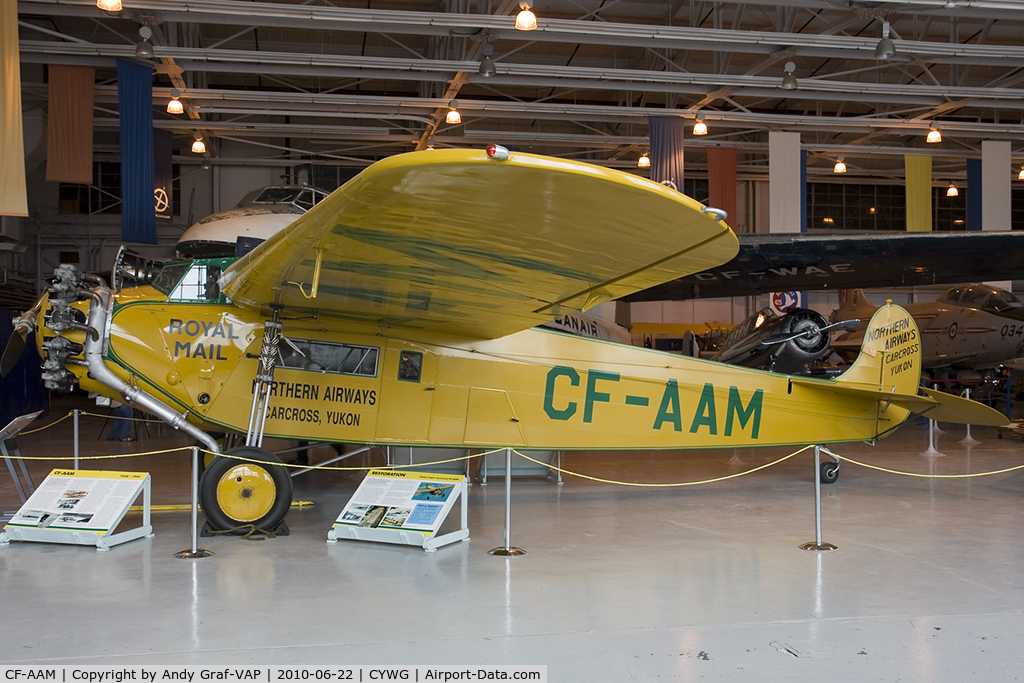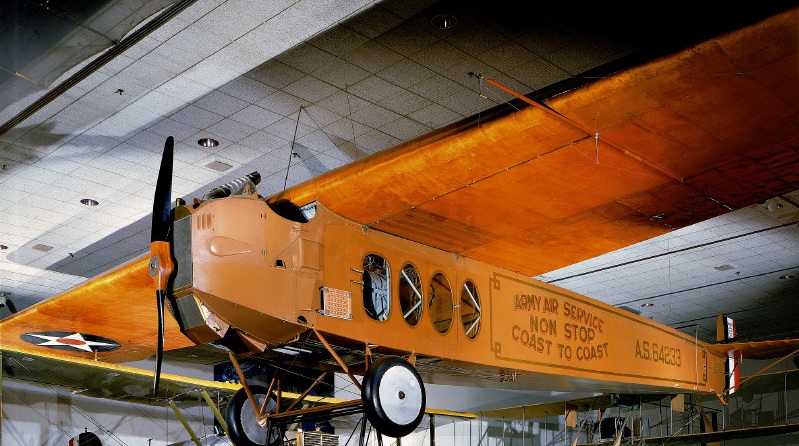Fletch
I'll Lock Up
- Messages
- 8,865
- Location
- Iowa - The Land That Stuff Forgot

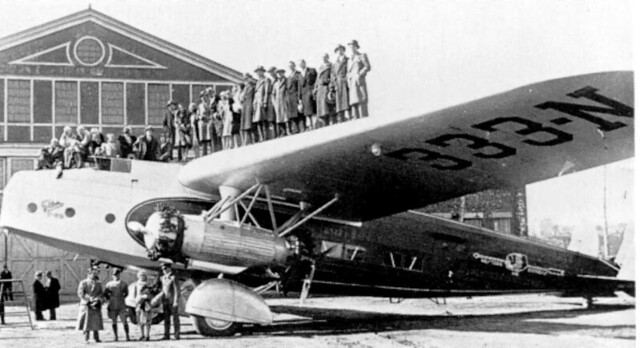
Western Air Express was awfully proud of its two new four-engine, 32-passenger Fokker F-32s, as the above pictures from their 1930 roll-out will indicate. But the big planes had been born under a dark star.
The prototype had crashed during a demo flight. In sleeper berth service on the California coastal route, the F-32's odd engine arrangement meant that the two rear pushers delivered little power and were always overheating.
A plane lent to the Army Air Corps as a transport failed its tests. Western Air's two F-32s, already the costliest aircraft in the world to maintain, had to have bigger, still costlier engines. And still the problems persisted. As 1932 arrived, and business everywhere slowed to a crawl, the ships were quietly retired.
Time passed. Somehow or other, word of the white elephants of the air got out to a Mobilgas service station franchisee. In 1934, Bob Spencer was about to open for business on Los Angeles' Miracle Mile with a full-service scheme, including mail-in maintenance reminders for his customers.
He got the idea to build his new station around one of the grounded Fokkers, under whose 99' wingspan cars could pull in to be refueled, oiled and checked. It was the first "flying canopy" - literally! - in the gas business.
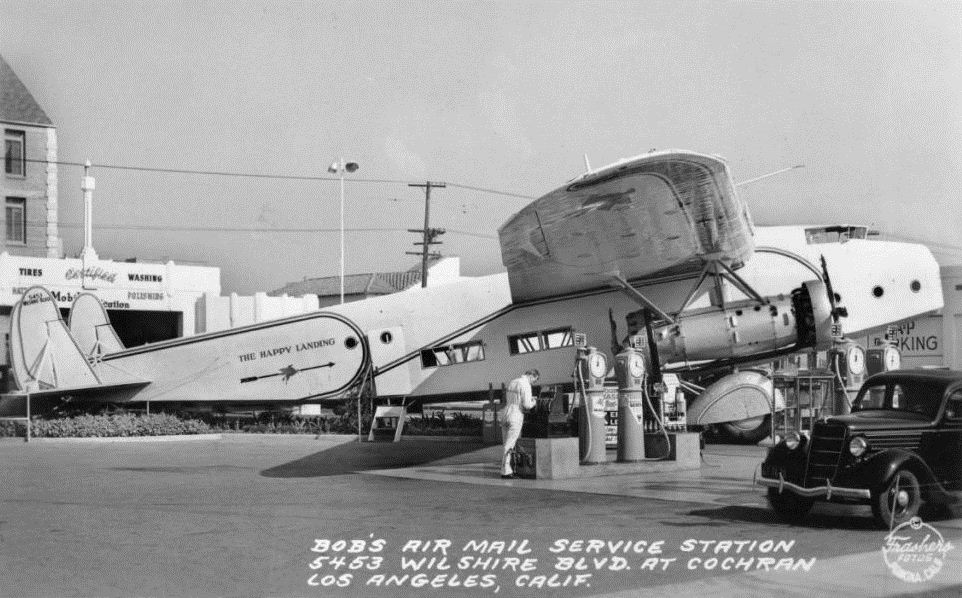
Spencer's brainwave was a runaway success. In 1934, Bob's Air Mail Service Station sold more Mobiloil and Mobilgas products than any other dealer on the West Coast.
Painted white and rechristened The Happy Landing with the company's Flying Red Horse on the wings, the F-32 was illuminated at night. The two forward Pratt & Whitney Hornet engines often roared to life to the astonishment of passing drivers. Neon signs along the wings' leading edges proclaimed: "BOB'S AIR MAIL SERVICE ... IT'S FASTER - IT'S BETTER."
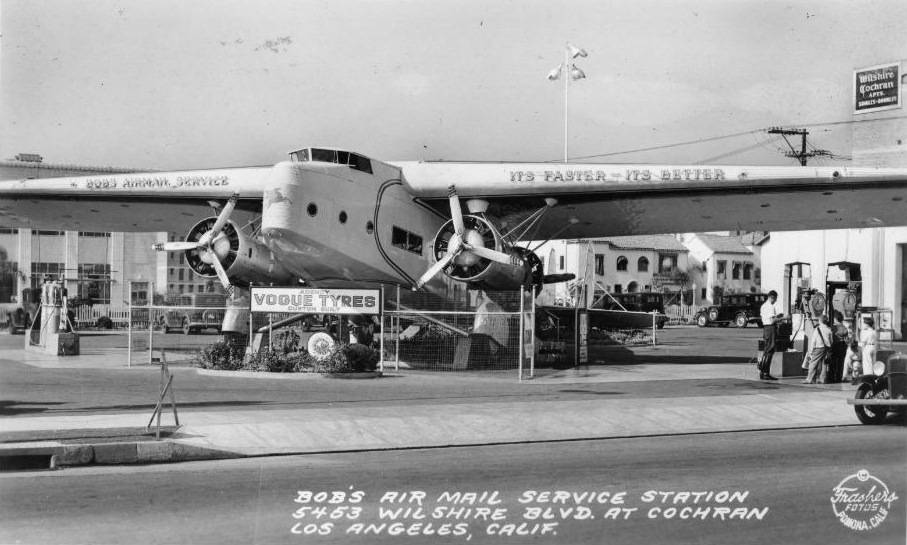
The two photos just above date to 1936, but it is not known how long The Happy Landing greeted motorists at Bob's Air Mail Service. Novelty wears off fast in Lotusland, and the scrap drives of World War 2 would surely have claimed the great bird for a more pressing cause.
These photos remain as testimony to one of the more spectacular everyday sights in a city where spectacle was king.

Last edited:


